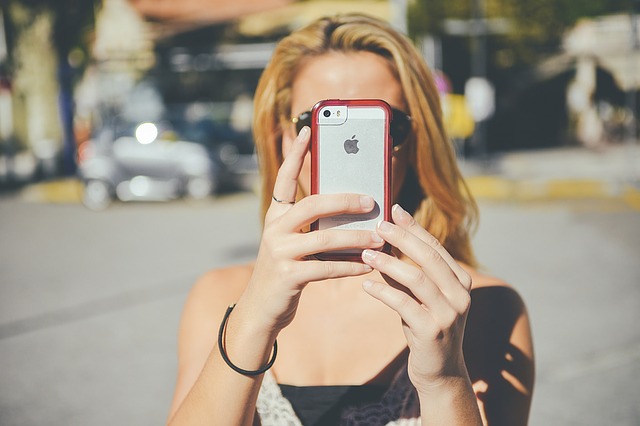
When it comes to seeing in the dark, moths have one big advantage — their eyes have certain nanostructures that help them see better by minimizing the reflection of light and reducing glare. Additionally, this feature also makes it difficult for predators to see them because they don’t have that ‘twinkle’ in their eyes that can give their location away.
Inspired by this distinct feature, a team of researchers at the University of Central Florida (UCF) have developed an anti-glare film that can be used for smartphones and other devices with screens. With this film, it will become possible to read text and view images clearly under direct sunlight. Meaning, even when the sun is up and out, it will no longer be necessary to duck under a shade just to check your incoming messages.
To make the film, the team used a solution of silicon dioxide to fabricate a material with tiny dimples that had a diameter of around 100 nanometers, with the dimples placed about 10 nanometers apart. Putting that measurement in perspective, a thousand of such dimples could fit across the width of a single strand of human hair.
Whereas a standard iPhone screen would reflect back about 4.4% of surrounding light, this specially designed film reflects back only about 0.23% of that light. In terms of contrast ratio or the difference between the brightest and darkest shades, contrast is 4 times better under the sun, and 10 times better under the shade.
To be clear, the UCF team led by Dr. Shin-Tson Wu isn’t the first to try creating a material based on the structure of moth eyes. So far, anti-reflective films have already been developed to minimize glare on eyeglasses and glass displays. Solar panels have likewise benefitted from such type of material, making them absorb the maximum amount of light possible.
In the case of Dr. Wu’s team, their intention was to incorporate the moth eye structure into a film. They believed it was a more efficient solution than adding an adaptive brightness feature into devices which normally consumes a considerable amount of battery power as it typically relies on a sensor to detect light intensity and adjust screen brightness accordingly.
What they came up with was a film that wasn’t just anti-reflective. It’s also flexible enough to be used on curved screens. Even better, the film is supposedly scratch-resistant and self-cleaning, which means it can also protect a device’s screen from dust and fingerprints.
As described by Dr. Wu: “Using our flexible anti-reflection film on smartphones and tablets will make the screen bright and sharp, even when viewed outside. In addition to exhibiting low reflection, our nature-inspired film is also scratch resistant and self-cleaning, which would protect touch screens from dust and fingerprints.”
Moving forward, the team is now working on improving their film’s performance, flexibility and durability.
The research was recently published in the journal Optica.
Disclaimer: This page contains affiliate links. If you choose to make a purchase after clicking a link, we may receive a commission at no additional cost to you. Thank you for your support!

Leave a Reply